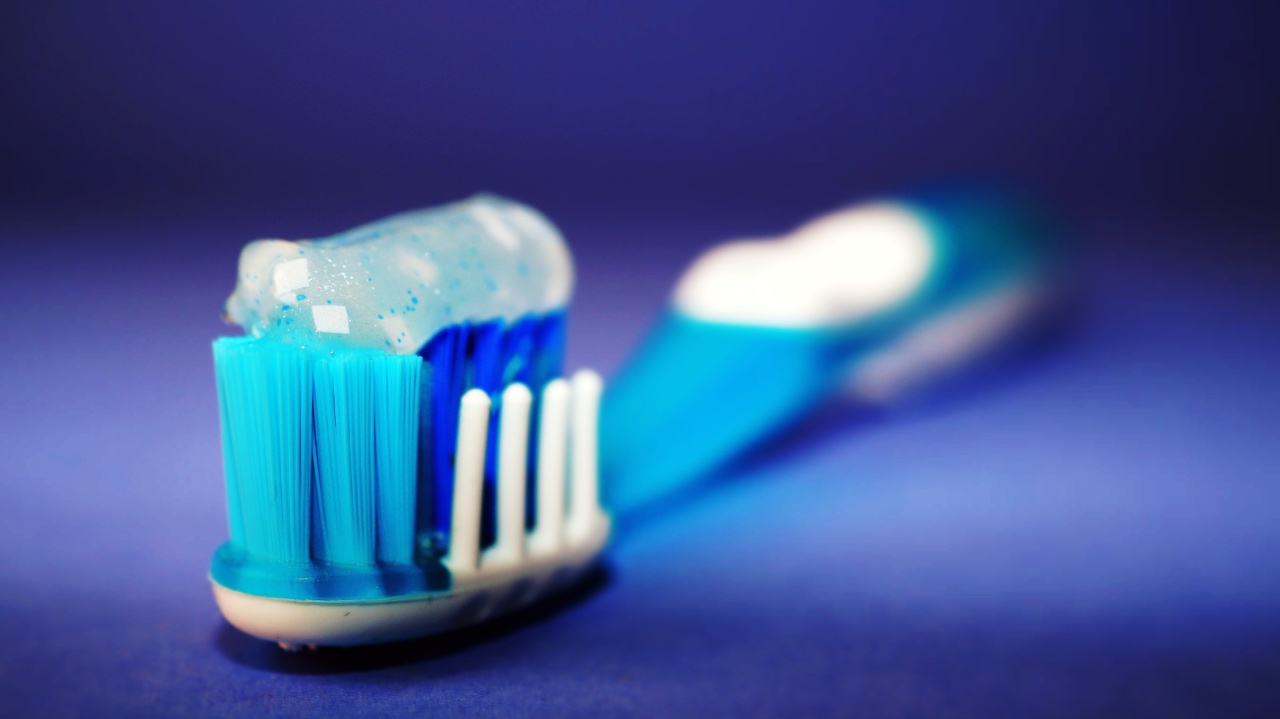Proper dental care is essential for preschoolers to maintain good oral hygiene and prevent future dental problems. One of the crucial aspects of dental care is using the right toothpaste and following the correct usage technique.
In this article, we will discuss the correct toothpaste usage for preschoolers, including the ideal amount of toothpaste, recommended fluoride levels, selecting the right toothpaste, and guidance for parents to ensure their preschoolers maintain optimal oral health.
The Ideal Amount of Toothpaste
When it comes to using toothpaste, parents often wonder how much is enough for their little ones. For preschoolers aged 3-6 years, the recommended amount of toothpaste is pea-sized.
This ensures that they receive the necessary fluoride for dental protection while minimizing the risk of excessive ingestion.
The pea-sized amount is appropriate because swallowing excess fluoride toothpaste can lead to a condition called dental fluorosis, which causes permanent staining and damage to the enamel.
Parents should teach their preschoolers to spit out the toothpaste after brushing, but since young children may struggle with this, a limited amount reduces the likelihood of ingestion.
Fluoride Levels in Toothpaste
Fluoride is a vital ingredient in toothpaste that contributes to dental health by strengthening the enamel and fighting tooth decay. However, it is essential to use a toothpaste with an appropriate fluoride level for preschoolers.
The American Dental Association (ADA) recommends using a fluoride toothpaste with a concentration of 1000-1450 parts per million (ppm) for preschoolers.
This concentration provides the right balance of protection without posing a risk of excessive fluoride ingestion. Parents should look for the ADA seal of acceptance on the toothpaste packaging to ensure it meets recommended standards.
Selecting the Right Toothpaste
Choosing the right toothpaste for preschoolers can be overwhelming, given the wide range of options available in the market. Here are some key factors to consider when selecting toothpaste for your child:.
1. Fluoride Content
As mentioned earlier, toothpaste containing fluoride is essential for preventing tooth decay and strengthening tooth enamel. Look for toothpaste with the recommended fluoride levels for preschoolers (1000-1450 ppm) to ensure optimal protection.
2. Taste and Flavor
Preschoolers may have preferences when it comes to taste and flavor. Toothpaste manufacturers offer a variety of options, such as fruit flavors or character-themed toothpaste, which can make brushing more enjoyable for children.
However, it is important to prioritize the fluoride content over flavor preferences.
3. Age Appropriateness
Some toothpaste brands specifically design their products for different age groups, including preschoolers. These age-appropriate toothpaste variations often have milder flavors and are formulated to cater to the specific needs of young children.
Checking the age suitability mentioned on the packaging can help parents choose the right toothpaste for their preschoolers.
Guidance for Parents
While selecting the right toothpaste is essential, parents play a vital role in guiding their preschoolers in proper toothbrushing techniques and maintaining good oral hygiene habits.
Here are some tips to help parents ensure their preschoolers practice correct toothpaste usage:.
1. Supervise Toothbrushing
Until preschoolers develop the necessary motor skills to brush their teeth independently, it is crucial for parents to supervise their toothbrushing routine.
This way, parents can ensure that the right amount of toothpaste is used, and the brushing technique is appropriate.
2. Teach Spitting Out
Preschoolers may struggle with learning to spit out excess toothpaste, as swallowing is often the instinctive response. Parents should teach their children to spit out the toothpaste after brushing, and discourage swallowing excess amounts.
It may take time for preschoolers to learn this skill, so patience and continuous reinforcement are essential.
3. Encourage Effective Brushing Techniques
Show preschoolers the proper brushing technique by demonstration. Use small, gentle circular movements and ensure that they clean all surfaces of their teeth, including the front, back, and chewing surfaces.
Emphasize the importance of reaching the gumline and brushing for at least two minutes per session.
4. Make Toothbrushing Fun
Toothbrushing can be made more enjoyable for preschoolers by incorporating playful elements. Parents can sing songs or use a timer to make it a fun and interactive activity.
Choosing toothbrushes featuring their favorite characters can also make toothbrushing more appealing to preschoolers.
5. Regular Dental Check-ups
Regular dental check-ups are crucial for preschoolers to monitor their oral health and detect any dental problems at an early stage.
Dentists can provide professional guidance on correct toothpaste usage and offer personalized advice based on the child’s dental needs.
Conclusion
With the correct toothpaste usage and appropriate guidance from parents, preschoolers can develop good oral hygiene habits and maintain optimal oral health.
Using a pea-sized amount of toothpaste with the recommended fluoride levels and supervising toothbrushing helps prevent tooth decay and reduce the risk of excessive fluoride ingestion. By selecting the right toothpaste, teaching essential skills like spitting out, and making toothbrushing enjoyable, parents can ensure that their preschoolers develop strong and healthy teeth for a lifetime.


























